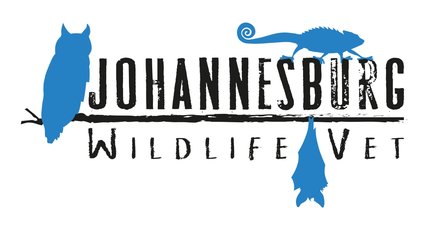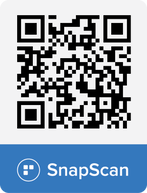|
Retrieved out of the trade On the 25th of April 2020, a pangolin was retrieved out of the illegal trade in an intelligence-driven operation by the South African Police Service (SAPS) Endangered Species Unit. Pangolins retrieved from the trade are given names of association with their retrieval location or circumstances, and this one was named Ally. In Ally’s case, her name was derived from her rescue location - the Alldays region of Limpopo Province, South Africa. She was transported by the Limpopo Department of Economic Development Environment and Tourism (LEDET) to Dr Xander de Kock, a veterinary surgeon in Polokwane. Dr de Kock phoned the acknowledged expert in the field of pangolin medicine, Dr Karin Lourens from the Johannesburg Wildlife Veterinary Hospital (JWVH). Dr K immediately left for Polokwane and arrived just before 20:00 on that Saturday evening. She has treated more than 100 Temminck’s pangolin and immediately assisted in stabilizing Ally, who was dehydrated and underweight. During an abdominal ultrasound, Dr de Kock established that Ally was pregnant, which made her treatment and recovery even more urgent. Pregnant pangolins are very rarely seen by researchers and vets, and there are no studies or documentation on the stages of development of pangolin foetuses. Because of this, the doctors had no way to determine the age of the foetus, but they could detect a normal, regular heartbeat. Once Ally was stabilized, Dr K transported her back to a secure location in Johannesburg, arriving in the early hours of Sunday morning. Ally’s road to freedom had begun. Hospitalisation, treatment and rehabilitation Pangolins retrieved out of the illegal wildlife trade are all compromised, with the level of compromise varying between individuals. The trauma is both physical and mental and often complicated by hidden conditions like pneumonia. Ally was no different. Not only was she also suffering from pneumonia, but she had an unborn pup to keep healthy. The news of her pregnancy was both happy and sad for the staff at the hospital as a new life is always wonderful, but the risk of Ally aborting due to stress was great. She was slowly nursed back to health, with regular blood tests, CT scans to make sure her lungs were healing as well as ultrasounds to ensure the pup was developing normally. A few days after her arrival she was stable enough to be taken out to forage – Temminck’s pangolins don’t eat in captivity; they only eat live ants and termites that they find by themselves while taken out on supervised foraging excursions. Ally’s improvement over the first week was marked. She became more confident and finally started behaving like a normal, healthy pangolin. Her lungs had cleared, and she had gained sufficient weight for Dr K to clear her for release. Facilitated release back to the wild Ally was discharged from the JWVH on the 13th of May 2020 and moved up to her selected release site in the Limpopo Valley on the norther border of South Africa with Zimbabwe. Francois Meyer, the African Pangolin Working Group’s Limpopo Field Manager was tasked with managing this delicate release process. All our releases are facilitated processes; designed to slowly introduce retrieved pangolins into their new environments. In Ally’s case it included making certain she had access to sufficient quantities of her desired species of ants and termites and suitable refuge sites. She was fitted with two types of transmitters to ensure efficient post-release monitoring. The first was a VHF transmitter for fine-scaled tracking and the second, a satellite transmitter to locate her should she move out of the 3 km range of the VHF tags. Both tags were attached dorsally to her scales. With these, we will attempt to monitor her well-being for a year or more. Although it was confirmed that Ally was pregnant during veterinary care, we were still unsure on when exactly she would give birth. One thing was certain though, is that we did not want her to give birth during care or during the release protocol, as this would only place additional stress on her and her unborn pup. The release team made sure to adapt all our protocols to maximize a hands-off approach and to ensure that stress on Ally was kept to a minimum. Initially her release had us a bit worried, as she was displaying possible stress behaviour and we were worried that she might not adapt and settle down to the selected release site. Our main concern was the was “fleeing” out of the area, which would be an indication of an extremely stressed animal. Upon observing her behaviour and taking frequent body weight readings, we actually found the opposite. She was definitely foraging effectively and maintaining a constant body weight. With her movement behaviour however, it was clear that she was looking for more familiar habitat, and this is something we had to take into consideration before her final release. After careful consideration on our options we decided to take a risk and move her to a slightly different area upon the reserve, and this risk immediately paid off! Ally showed all the signs we were hoping to see in a successful release. She fed on a high diversity of ant species, she gained body weight, she found sufficient shelter and she was showing typical pangolin settling behaviour. In the following few days, we monitored her behaviour and general signs of health. Once we were satisfied that she was indeed adapting well, we started to reduce our presence within her new territory, only stepping in to collect necessary data for our research. The success of Ally’s release emphasizes the importance of proficient release teams and that of post-release monitoring. Born free Niall Beddy and his team has been monitoring Ally’s movements and checking up on her condition since she was released, and part of this process involves setting camera traps outside of her favourite burrows to record movement and behaviour patterns. We are extremely grateful to the Into the Wilderness Podcast series posted by Byron Pace for the kind donation of these expensive trail cams. We are very aware that continuous disturbances from us could have caused her distress and impacted her pregnancy and motherhood or cause her to leave the region. Camera traps are ideal for monitoring her progress without unnecessary disturbance. It was in one of these recordings that we noticed her new-born pup. This is the first time we have a record of an African pangolin successfully giving birth after being retrieved out of the illegal wildlife trade and being released back into the wild. We are a coalition of proud aunts and uncles, with this first in our history - a new pangolin born free! Excellent cooperation between the Johannesburg Wildlife Veterinary Hospital, the African Pangolin Working Group, the South African Police Services Endangered Species Unit, the Limpopo Department of Economic Development, Environment and Tourism, the Department of Environmental, Forestry and Fisheries and private game farm owners have made this truly wonderful and amazing event possible and we are sincerely and truly grateful to this fantastic teamwork and rejoice in celebrating the arrival of a new pangolin pup. |
AuthorThe team behind the Johannesburg Wildlife Vet Hospital. Archives
March 2021
Categories
All
|
CONTACT US
+27 71 248 1514 (24 hours a day)
[email protected] 101 MacGillivray Road, Midrand Johannesburg SOUTH AFRICA |
|
All treatment of wildlife is free of charge and we rely solely on the support of our community and corporate sponsors.
PLEASE SUPPORT US AND HELP US KEEP WILDLIFE WILD!
PLEASE SUPPORT US AND HELP US KEEP WILDLIFE WILD!
© COPYRIGHT 2017.

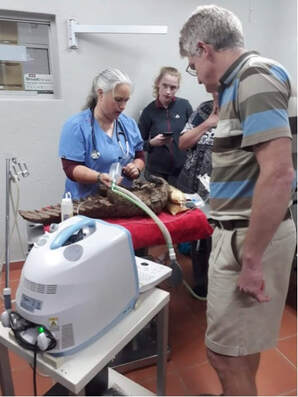
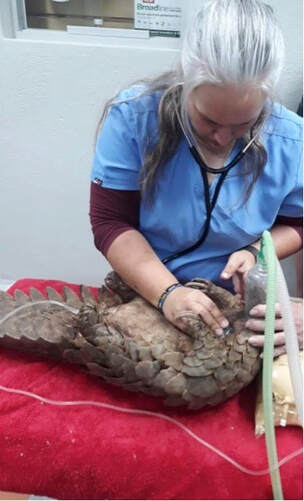
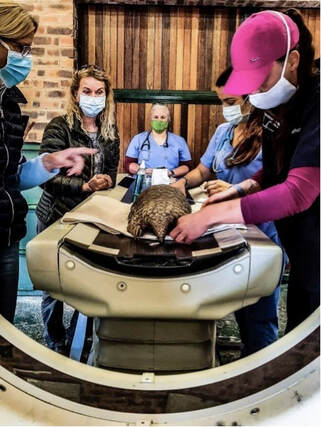
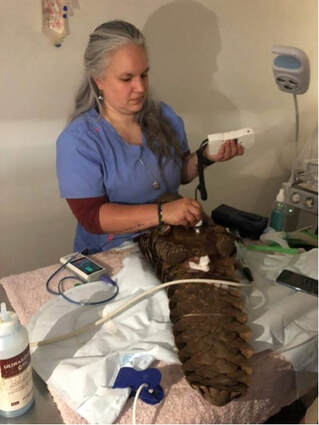
 RSS Feed
RSS Feed
